Anyone who is active in the CrossFit or weightlifting world knows the importance of a strong upper body. Specifically, the chest muscles play an integral role in supporting functional strength and fitness as well as contributing to the “built” look that many athletes strive for.
In this article, we’ll tell you why you shouldn’t skip chest day if you want to achieve optimal strength and conditioning. You’ll learn how you can get more out of your chest workout by incorporating the most effective chest exercises into your routine.
The Muscles of the Chest
Before we discuss how you can optimize your chest workouts, it’s helpful to get a better understanding of the anatomy and function of the muscles in this area.
Your chest is dominated by two muscles: the pectoralis major and pectoralis minor. It is common to hear both referred to as pectorals or pecs.
These muscles work together to allow your body to perform exercises in the gym that involve pushing and pulling, such as presses and push-ups. They are functionally relevant for everyday movements like picking up your toddler, carrying heavy objects, or opening doors. They also play a role in the breathing process.
The pectoralis major is the larger of the two muscles. It is fan-shaped and spans from your upper arm to the collarbone to the sternum. Two heads of the muscle connect to the arm at different points, allowing for movements like raising your arms and bringing the arms to the midline.
The pectoralis minor sits beneath the pectoralis major. This small, triangular muscle spans from the shoulder blade to the rib cage. It assists in movements such as pulling down and expanding the shoulder blades.
There are two other muscles that work with the pectorals that aid in various movements. The serratus anterior runs just below the chest and over the ribcage. It works to stabilize the scapula and increase arm flexion.
The subclavius is a very small muscle that helps to stabilize the clavicle and move the first rib during breathing. It also protects some of the nerves in the area.
The Benefits of Chest Workouts
Athletes at any level can benefit from building chest strength. No matter if you are a diehard CrossFitter or prefer to exercise out of your home gym, adding targeted chest exercises into your routine gives you a number of physical and functional benefits.
Protects Against Shoulder Injury
As we mentioned earlier, the pectoral muscles, along with the serratus anterior and subclavius stabilize the shoulder and shoulder blade. Strong chest muscles protect you against strain and other injuries that could significantly impact your ability to perform daily movements.
Helps Maintain Good Posture
Good posture is important for more than just aesthetics. It contributes to your overall health and wellness. Proper posture allows for flexibility of the spine which can prevent pain and injury due to misalignment.
Improves Functional Performance
You may not be aware of how often you use your chest muscles in everyday activities outside of the gym. The pectorals are involved in many functional movements such as sitting up, opening doors, carrying heavy objects, and even many household tasks like vacuuming and mopping. They are also heavily relied upon in leisure and fitness activities like swimming.
Developing chest strength allows you to optimize your daily performance. More importantly, it helps you perform these functional movements more safely and with more ease.
Provides a Full Body Workout
While chest exercises often focus on the pectorals, they involve other muscle groups like the arms, back, and core. Strong chest muscles are necessary for push-ups and pull-ups, for example.
This makes chest exercises a great way to also build up other upper-body muscle groups. Overall, strong pectorals help you lift more and move faster during training sessions.
Aestethicly Desirable
Well-developed pectoral muscles are considered by many to be a sign of strength, power, and fitness. Due to their central location, defined chest muscles tend to draw people’s attention both in and out of clothing. Focused work on the chest can dramatically enhance your overall aesthetic and boost your confidence.
Top Exercises for the Ultimate Chest Workout
Now that you understand the anatomy of the chest and the importance of building strength in this area, it is time to explore the best exercises to work the pectoral muscles.
The key to building overall strength in the chest is to choose a variety of exercises that target the muscles from different angles. For example, exercises like bench presses and dumbbell flys target the pectoralis major. Moves such as tower dips and straight-arm pulldowns will target the pectoralis minor.
It’s also important to understand your goals. Do you want to build muscle mass? Or, are you looking to develop more strength and conditioning? The answer to these questions will determine the weight you put up and the number of reps you perform.
Barbell Bench Press
A classic chest exercise, the barbell bench press is great for muscle hypertrophy. To perform the move, begin with your arms extended, holding the barbell parallel with the chest. Your hands should be slightly wider than your shoulders.
With your shoulders flat on the bench, bring the barbell down to your chest slowly and with control. Then, extend the arms fully to complete the movement.
Incline Dumbbell Press
A good variation of the barbell bench press is using the incline bench to apply more focus to the chest. With the bench at a 45-degree incline and dumbbells in hand, lie with your arms fully extended above your chest. Your palms should be facing out.
Lower the weights slowly while keeping your elbows tucked into the body. Stop once the dumbbells reach chest level. Pause briefly before extending your arms back to the starting position.
Tower Dips
Using a tower or dip bars is a very effective way to work the pectorals. Plus, there are many variations to the movement, which makes it one of the more versatile chest exercises.
Lift yourself up on the bars so that your arms are at full extension. With your feet suspended above the ground and ankles crossed, lower your body until your arms are parallel to the ground. Your elbows can be slightly out from the body to better work the chest muscles. Extend arms fully to return to the start position.
Straight-arm Pulldown
Using a resistance band or cables, hold on to the handles and step back far enough that your arms are extended in front of your body. With your palms down and chest raised, pull the handles down to the side of your body with control. At the end of the movement, pause briefly before returning to the start position.
Cable Flys
This exercise is great for adding definition because it isolates the pectoral muscles by bringing the arms into the midline.
With a braced stance, hold the cables at shoulder height. Extend your arms while maintaining a slight bend in the elbows. Draw your arms into the midline while keeping some softness in the elbows. When your hands connect, release the movement to the start position.
Dumbbell Pullover
Another classic chest exercise, the dumbbell pullover, is highly effective. To perform the movement, lie flat on the bench with your head and neck extended off the edge.
Grasp a dumbbell on one end with both hands and raise it above your chest. Slowly lower your arms behind your head while maintaining the extension in your arm. You should have a slight bend in the elbows. Return the dumbbell to the start position.
Get Started With the Ultimate Chest Workout
CrossFit and weightlifting both incorporate chest work, albeit in different ways. CrossFit workouts focus on a wide variety of high-intensity, functional movements to help athletes achieve gains in strength, endurance, and flexibility. Traditional weightlifting, on the other hand, implements a slower approach focused on building muscle mass.
Athletes operating in either of these modalities achieve higher levels of performance and hypertrophy by dedicating time and attention to the chest. By consistently incorporating the exercises above into your workout routine, you will see big results in your chest strength and conditioning.
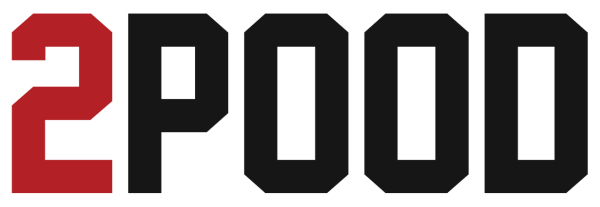
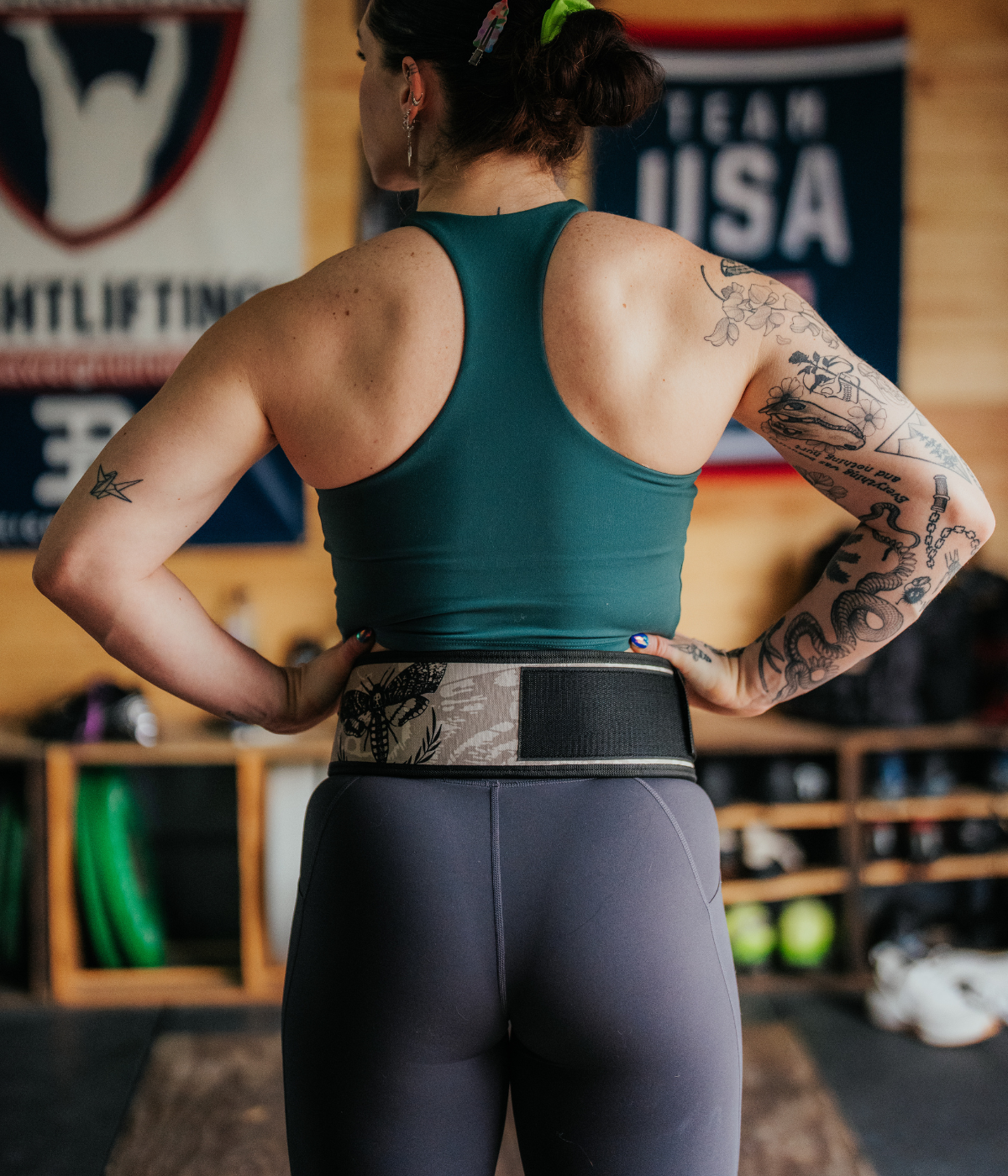
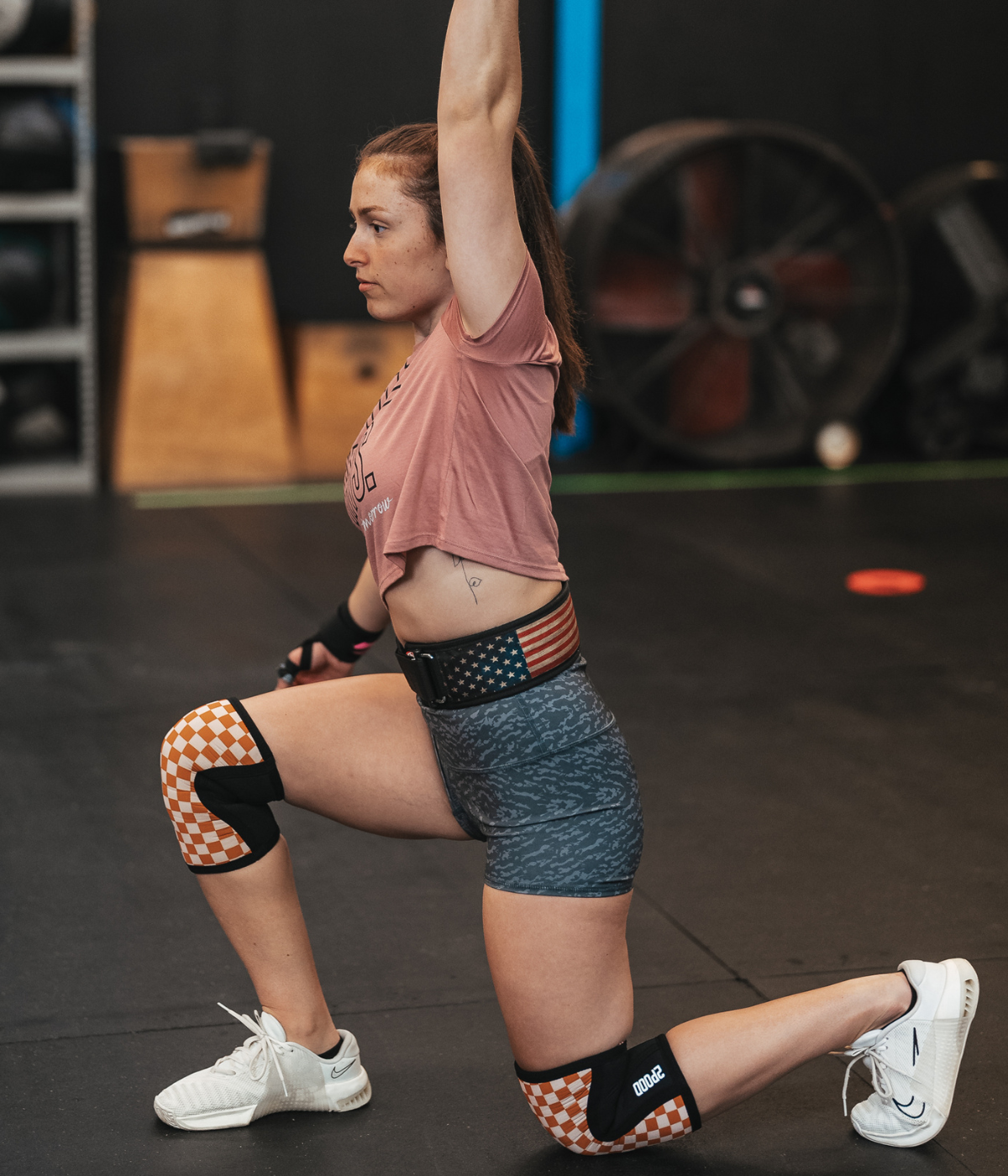
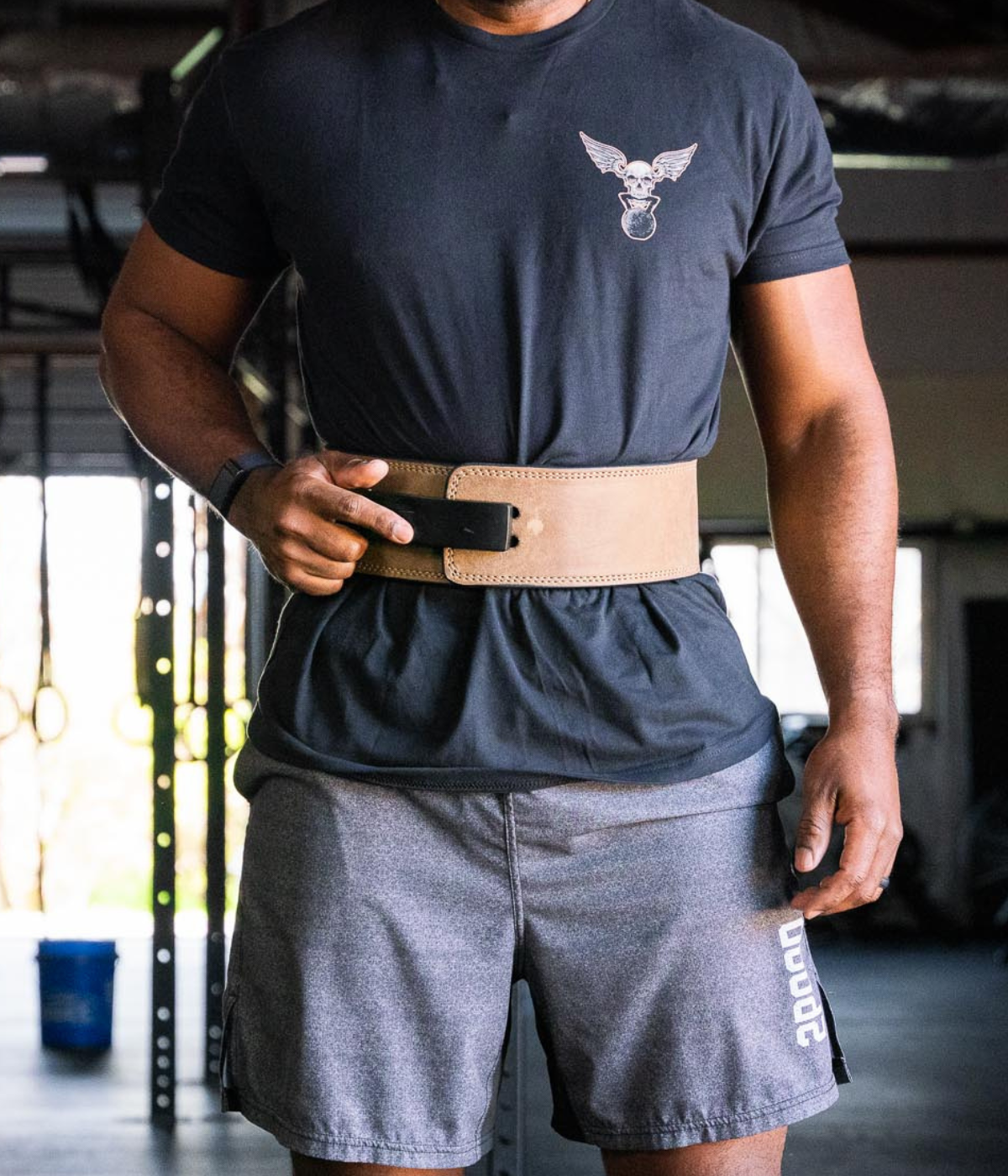
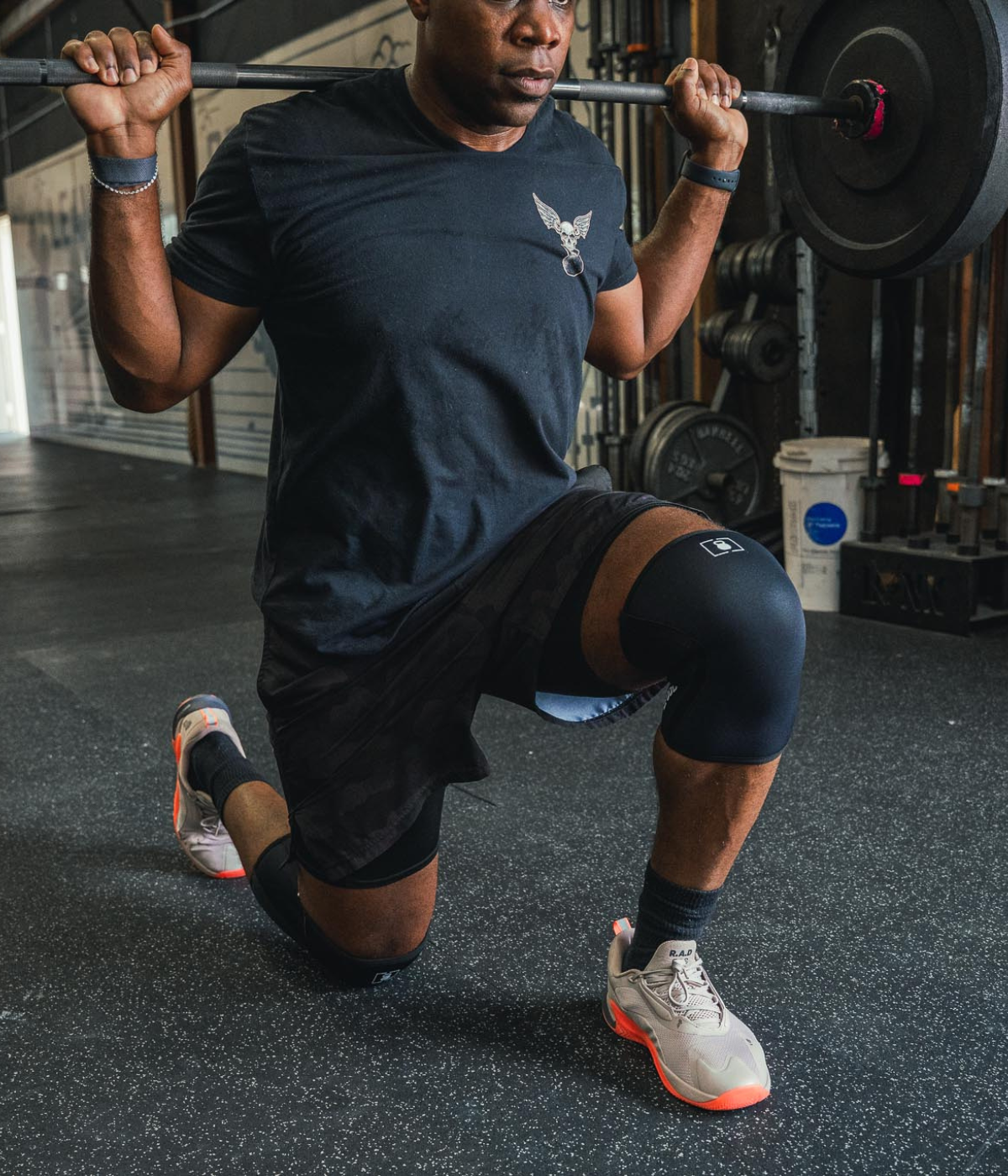

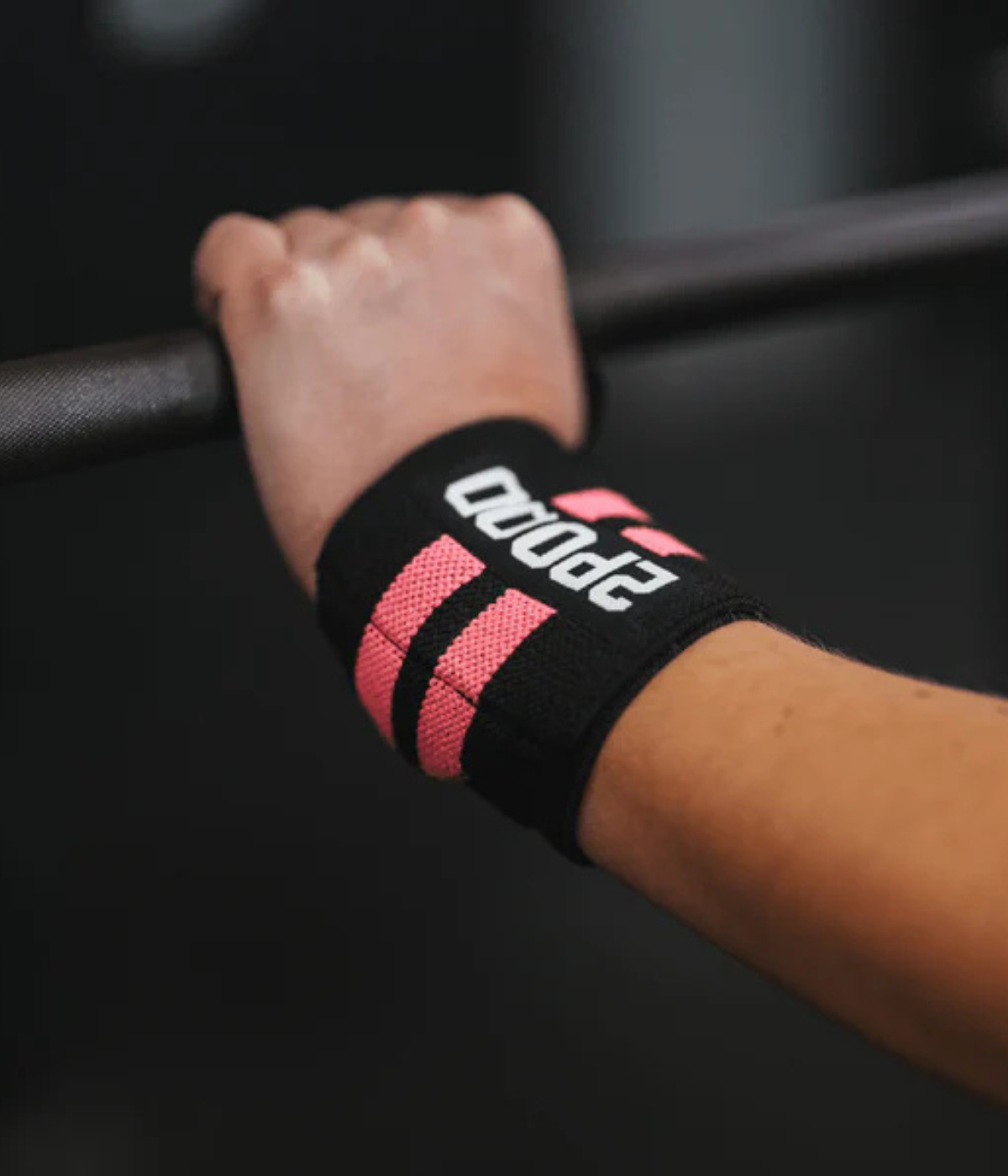

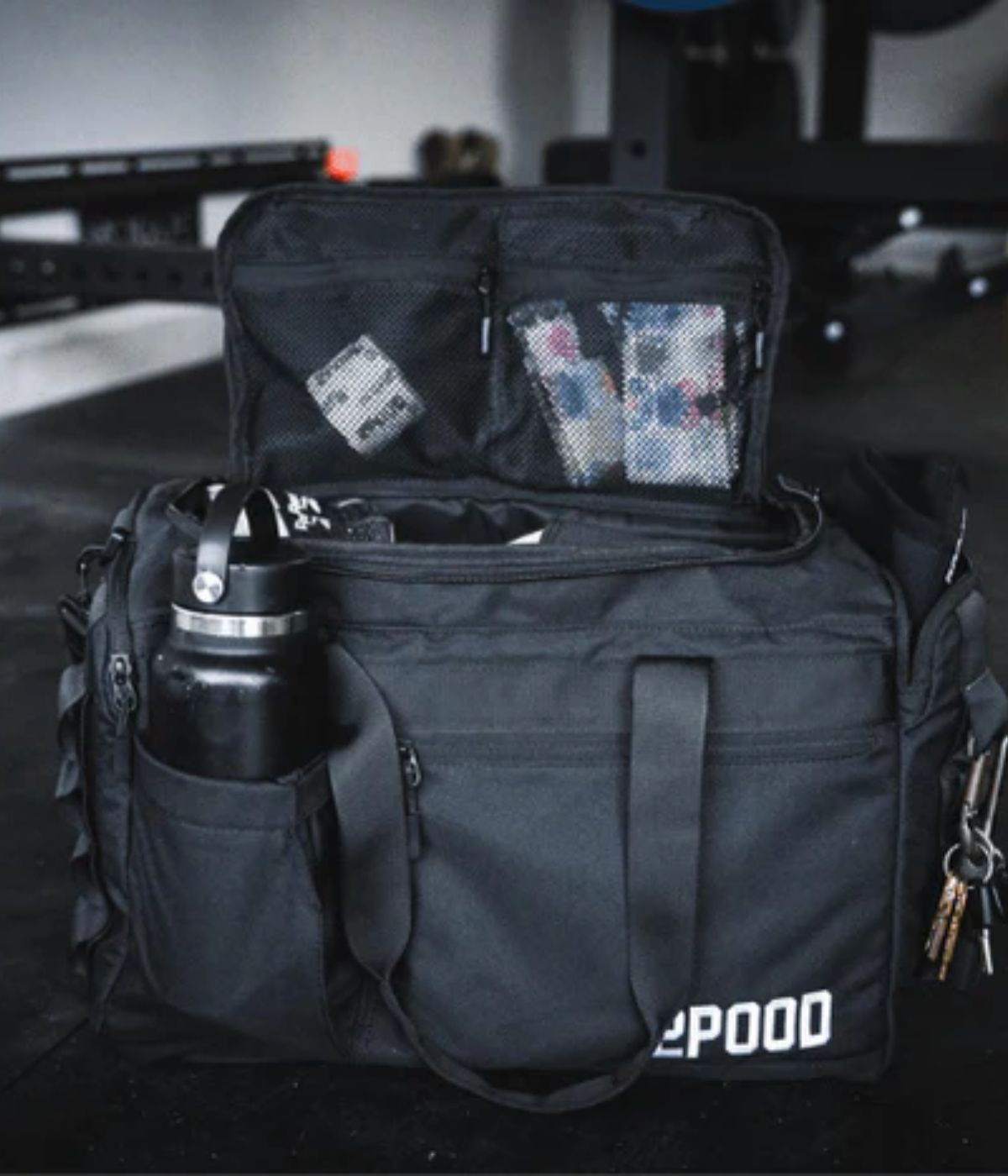
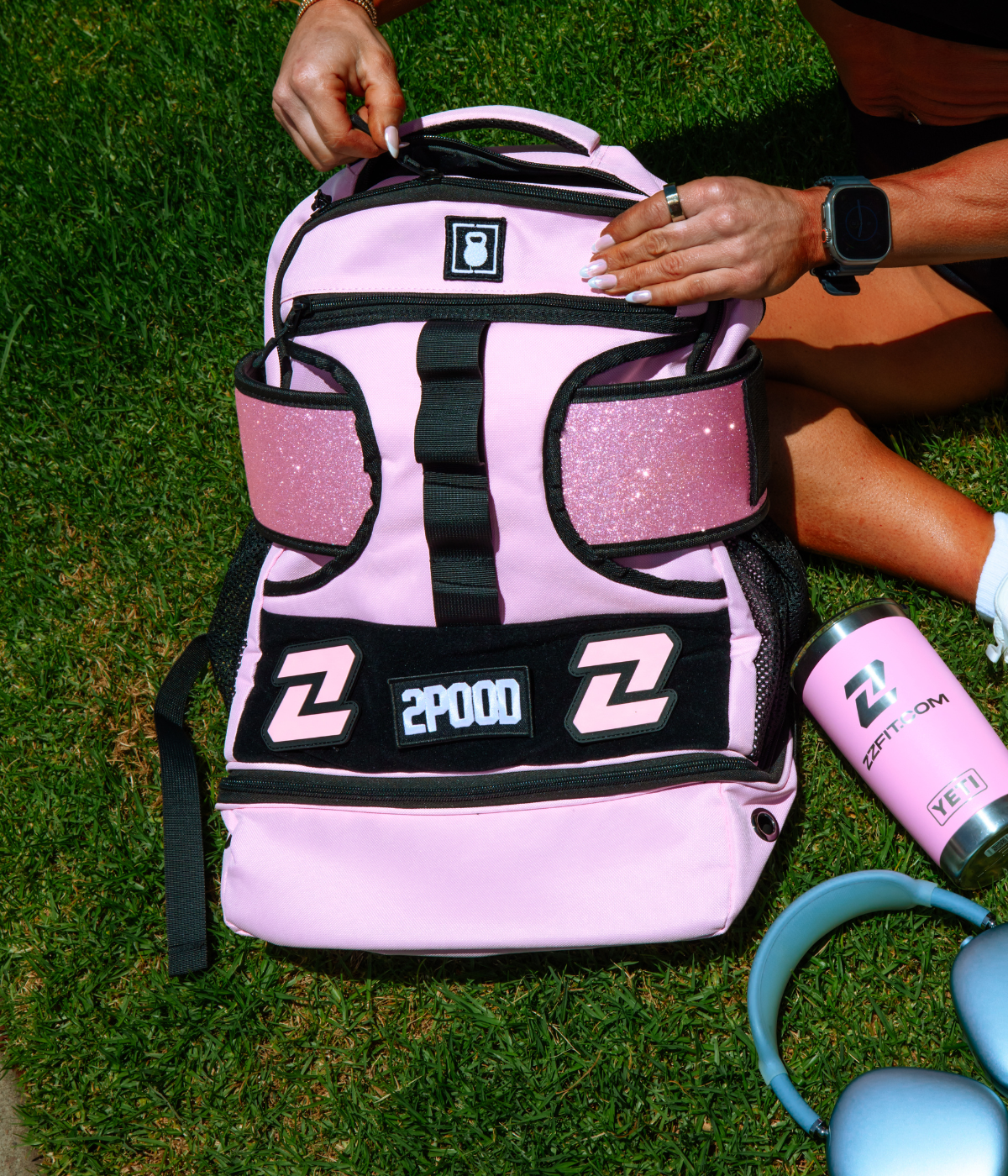
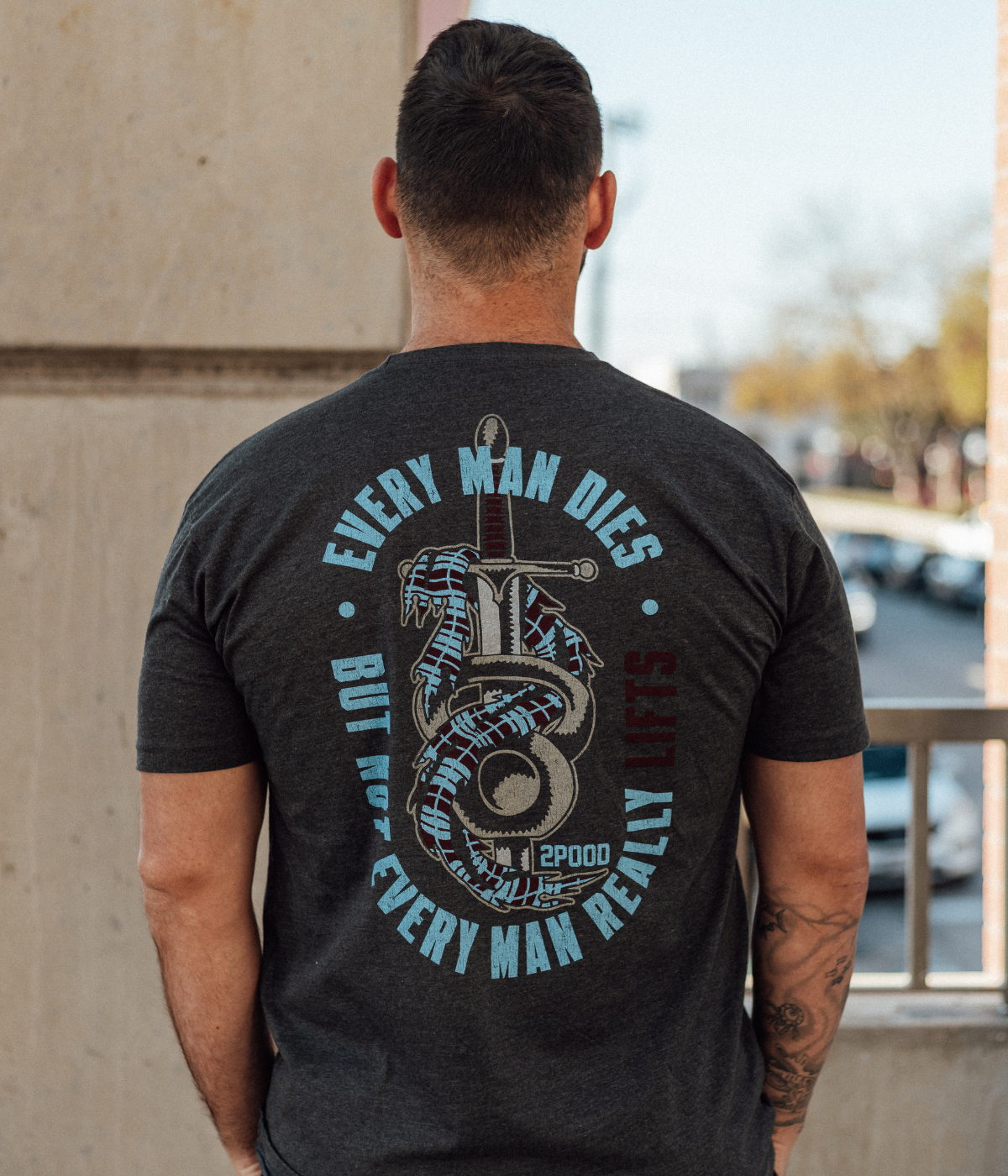
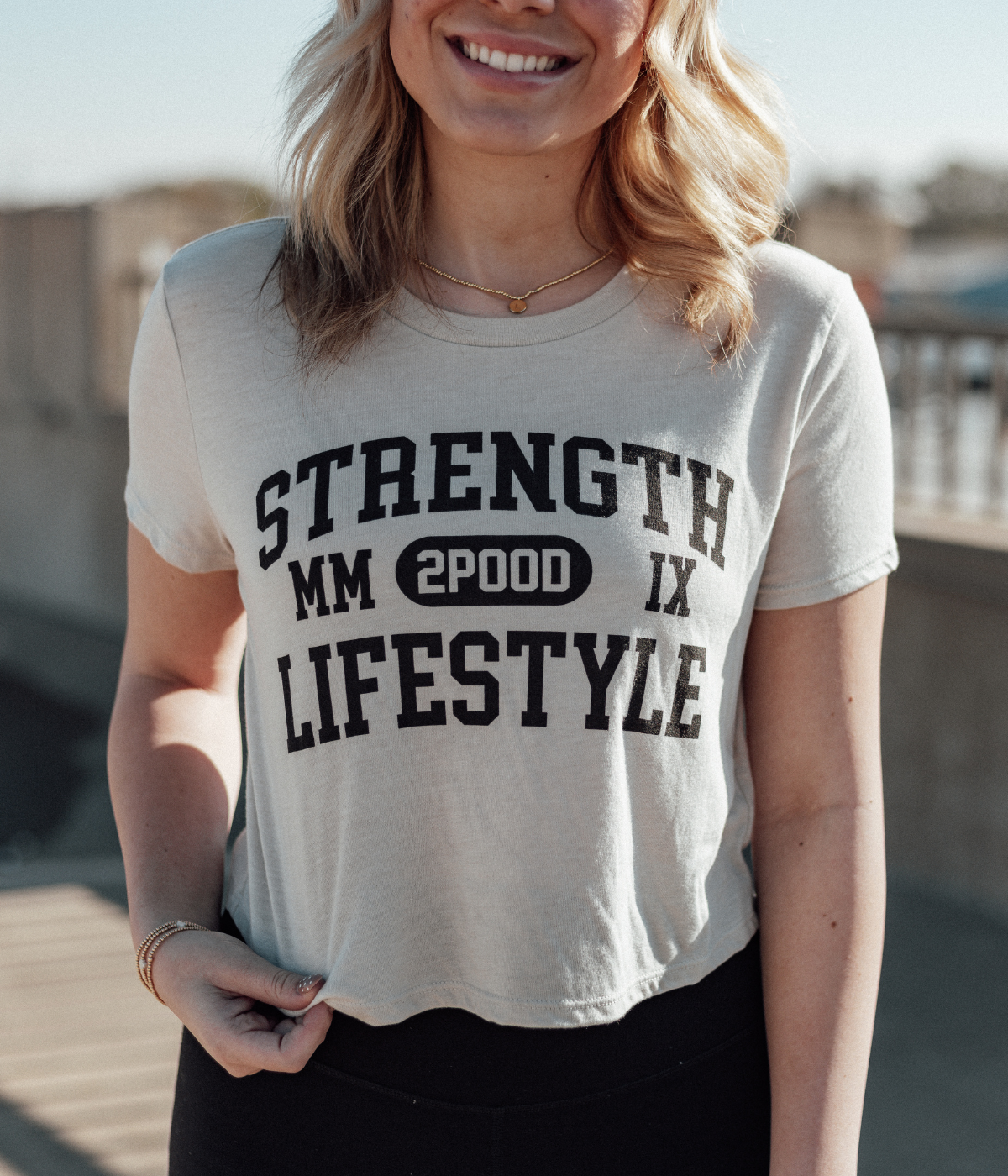
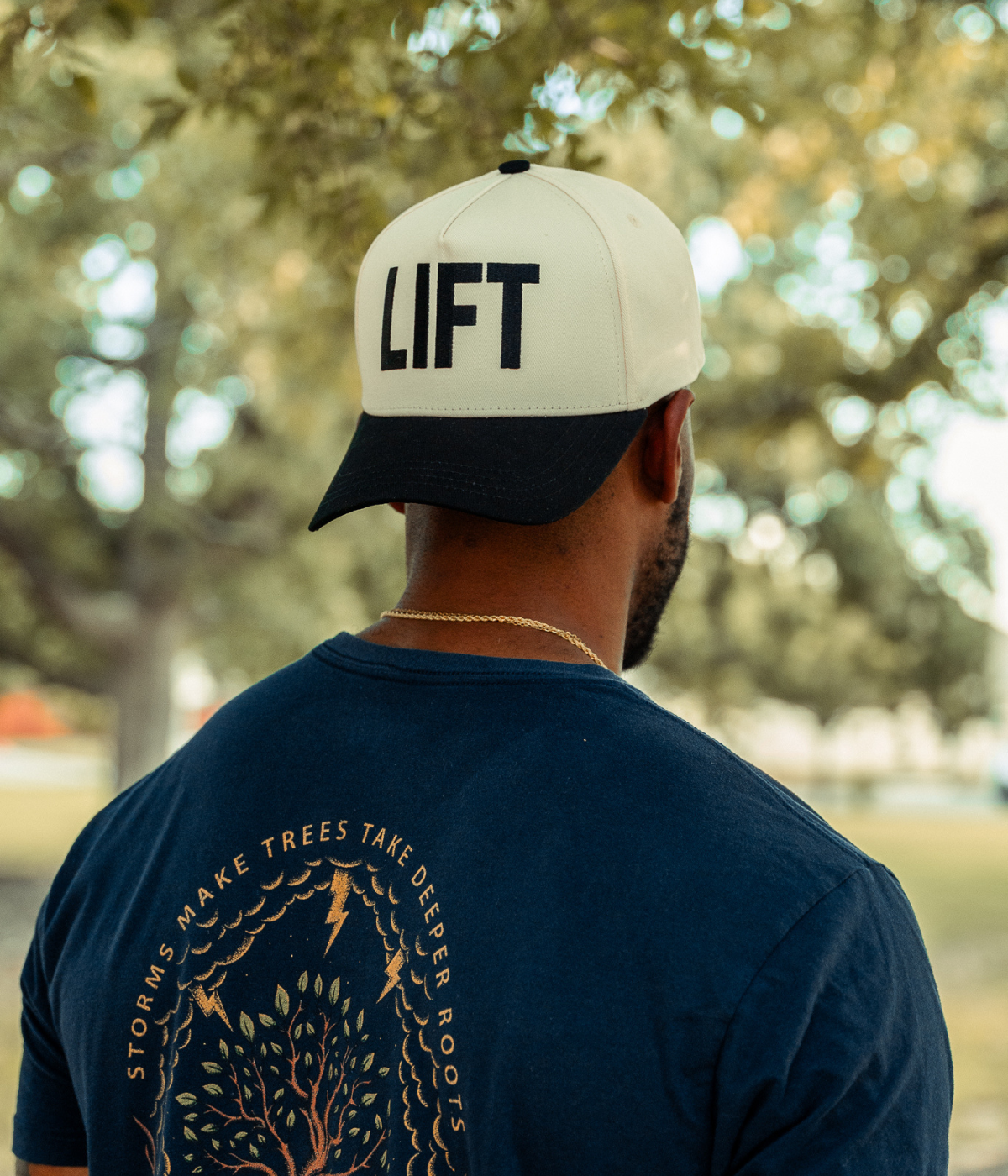
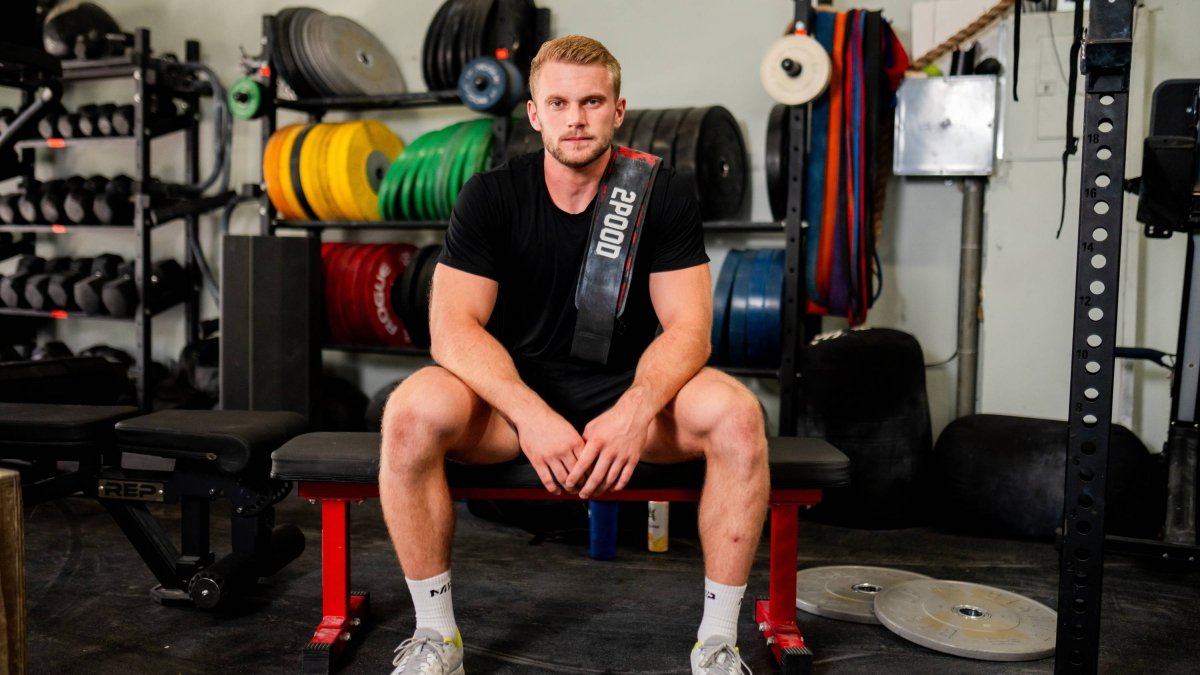
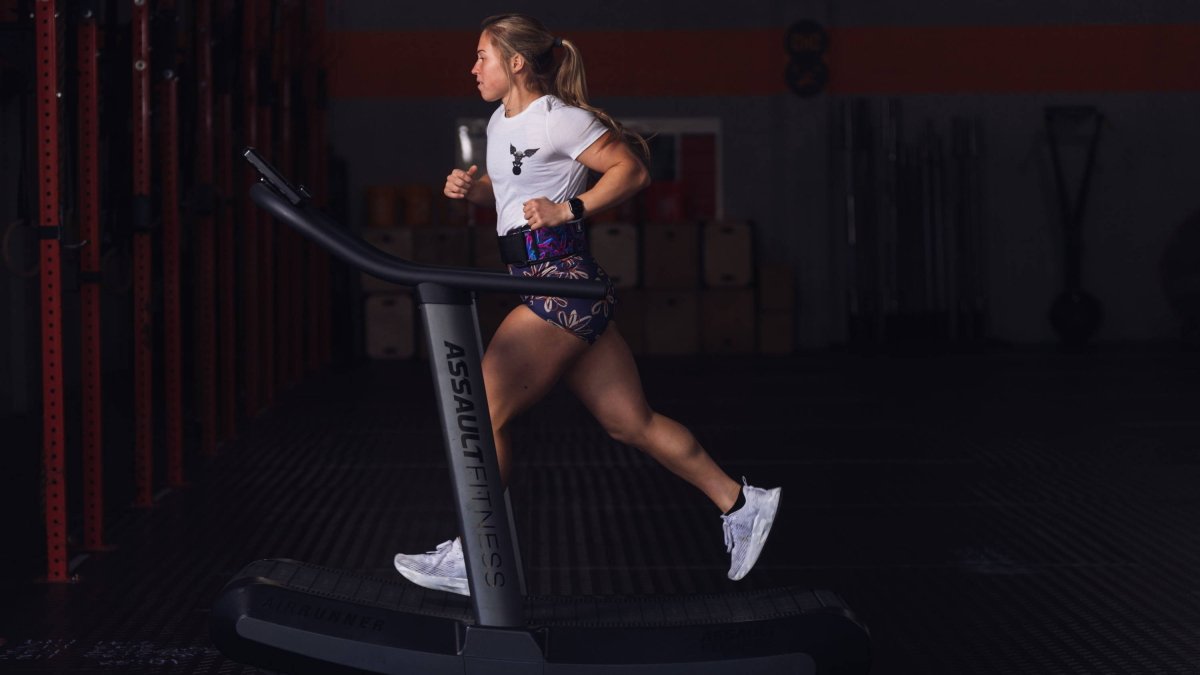
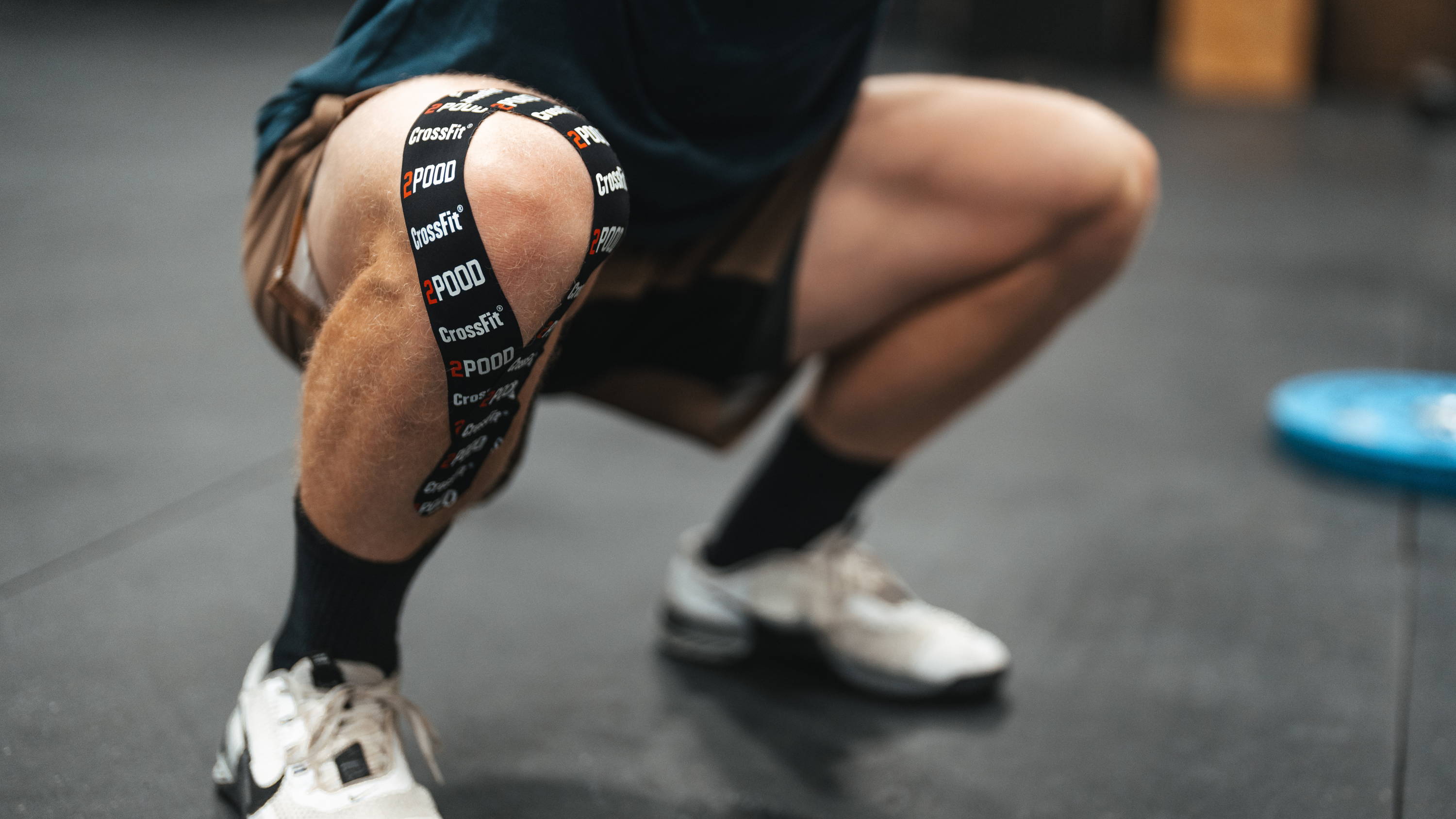
Leave a comment
All comments are moderated before being published.
This site is protected by hCaptcha and the hCaptcha Privacy Policy and Terms of Service apply.